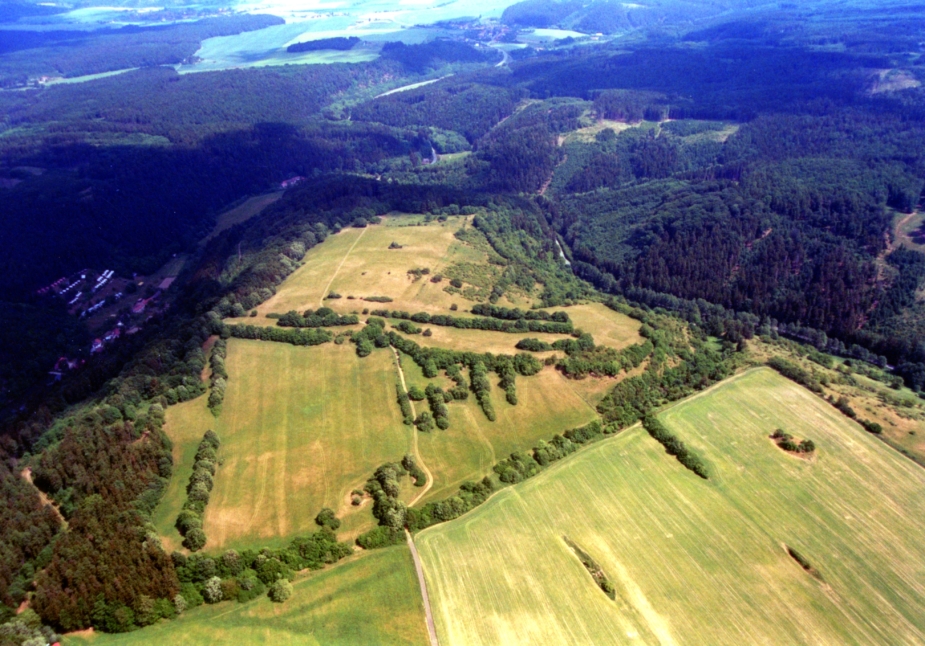Amber Road – Staré Hradisko
Fact of the Czech figure „The intersection of Europe”
Part of the „Transfer of the culture” topic
From the Baltics to the Mediterranean Sea, an important overland trade route led through Moravia since antiquity, which was named after Amber, a valuable commodity mined in the Eastern Baltic deposits and shrouded in many myths of the time. However, cattle, hides, furs and slaves were also transported southwards along the route, while various luxury goods flowed northwards.
The route was most frequently used from the 7th century BC to the 5th century AD and its use was also linked to the long-distance trade of the Roman Empire. Part of the route stretching to the Polish shores of the Baltic Sea led from the Alps to the Danube, skirting the left bank of the Morava River and then extending through the Moravian Gate to Silesia.
The use of the route is evidenced by the numerous amber deposits lining the former vibrant vein of long-distance trade. The road and the trade along it also led to the founding and flourishing of many oppida – fortified settlements and centres of trade, such as the Celtic oppida of Staré Hradisko, the remains of which are now a publicly accessible cultural monument complemented with an educational trail.





